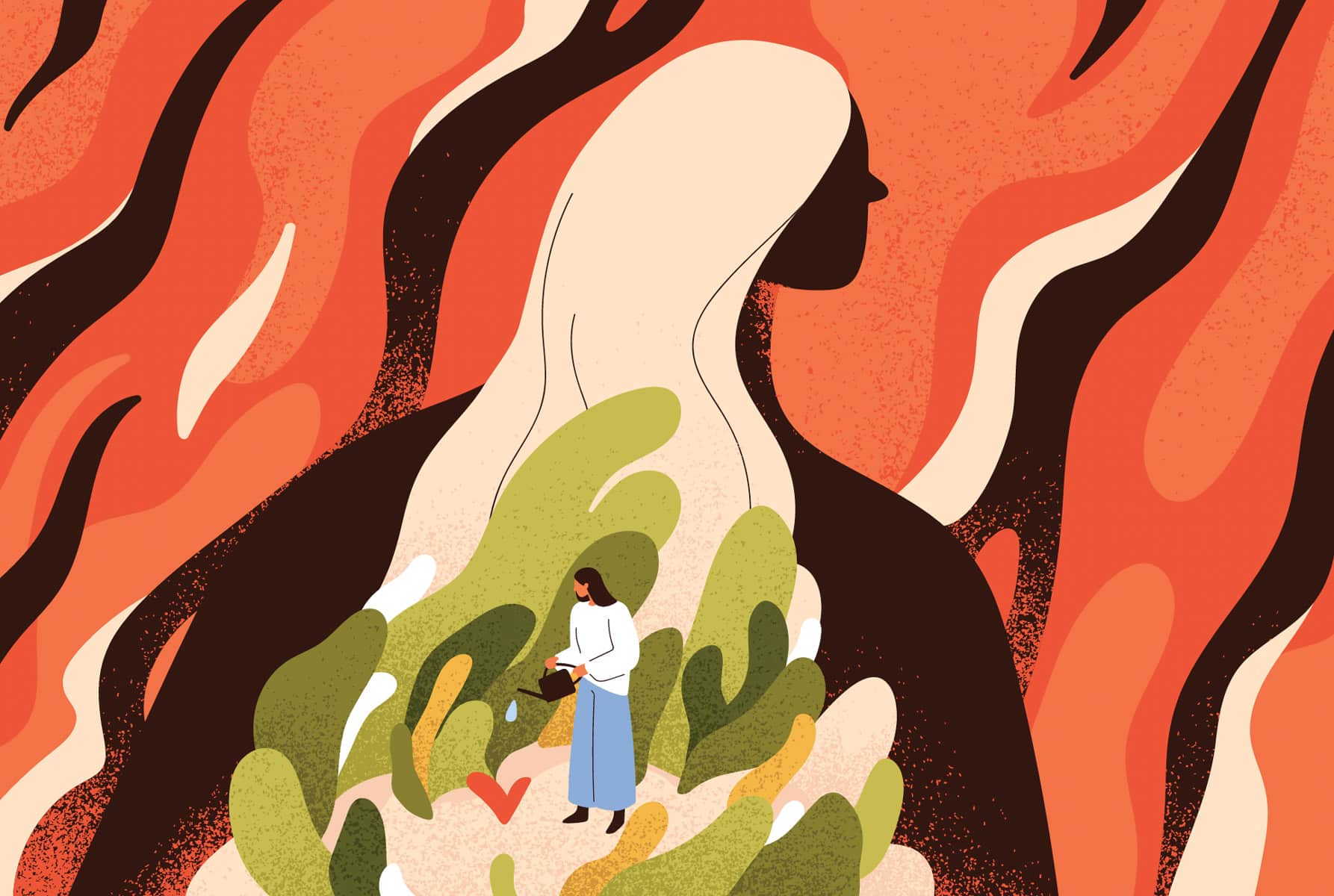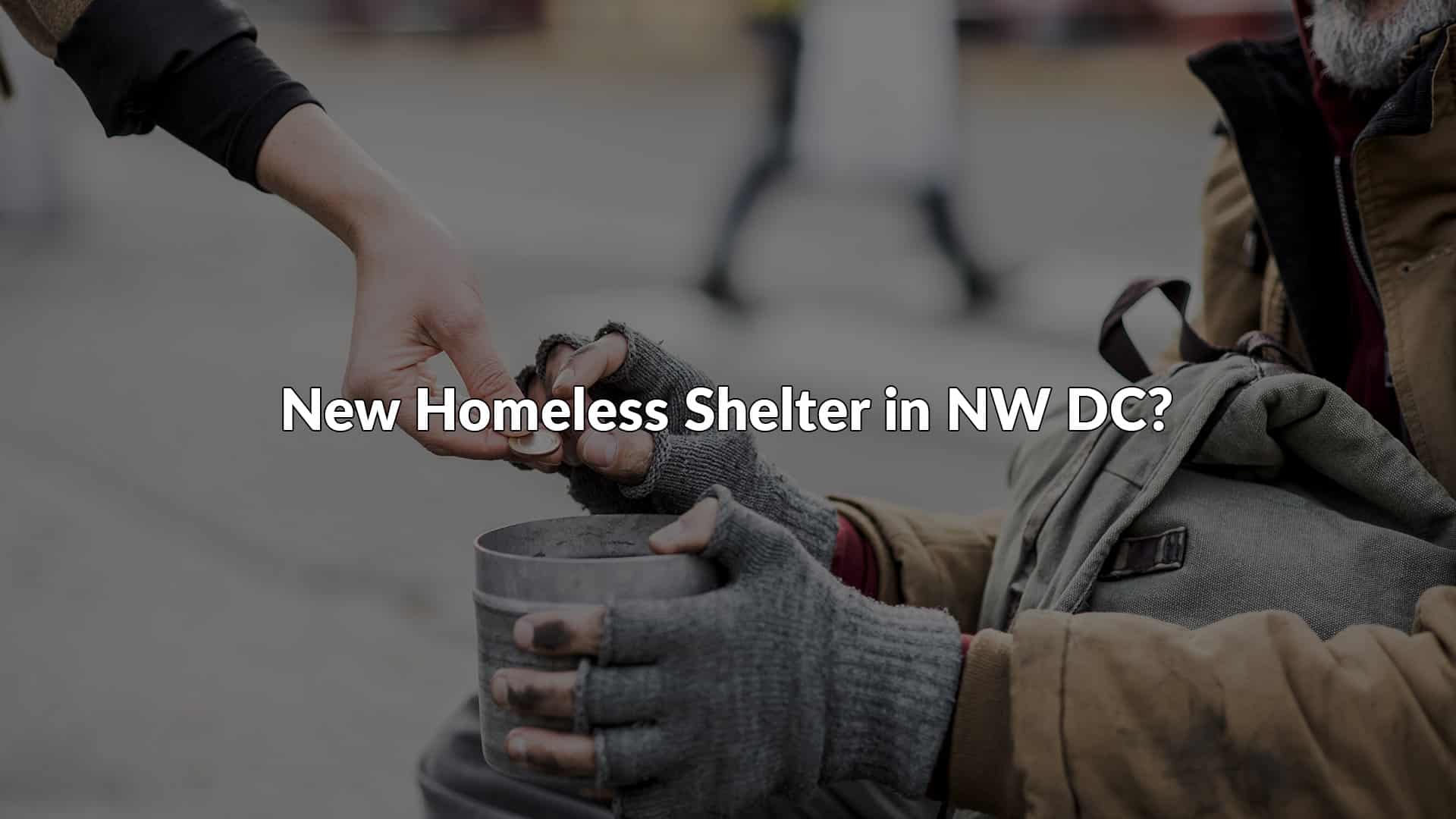At $290 million, the city of Atlanta has the largest underground commercial sex economy in the country. This revelation is the result of a study conducted by the Urban Institutes Justice Policy Center. The study found that between 2003 and 2007, Atlanta and Seattle saw the greatest monetary increase in its commercial sex economy, with Atlanta growing from $238 million in 2003 to $290 million in 2007, and Seattle growing from $50.3 million to $112 million during the same timeframe.
Only two cities’ underground commercial sex economy decreased during those same years; Washington D.C. and Miami, which experienced a drop from $155 million to $103 million and $302 million to $235 million respectively. The study also revealed average weekly incomes of pimps in major cities, with the average weekly income of $32,833.00 in Atlanta, $11,588.00 in Washington DC, and $5,000.00 in Kansas City.
Aside from monetary compensation, what other factors exist that make an individual more likely to become a pimp? In the study, several pimps said they joined the lifestyle due to their environment, what they witnessed in their neighborhoods, that they were persuaded by mentors, that they possessed a desire to leave behind drug dealing, or because they viewed it as an easy way to make money. However, a closer look into the earlier lives of convicted pimps reveals some striking and often overlooked similarities.
A study conducted by Raphael and Myers-Powell (2010) found that many pimps were victims of physical and sexual abuse themselves while growing up. 88% of the pimps in the study reported that they suffered from childhood physical abuse and also witnessed domestic violence in their childhood homes, while 76% reported that they suffered from sexual abuse in their past. Additionally, 48% of pimps ran away from home as minors due to sexual or physical abuse, and 24% of the pimps were committed to foster care at some point in their youth. Furthermore, while 60% of the pimps had at least one family member that was involved in prostitution, 100% of females in the study sold sex before becoming a pimp, while 56% of male pimps sold sex.
While the study by the Urban Institute’s Justice Policy Center has been criticized for oversimplifying the issues regarding sex work, as well as being biased due to the researchers’ reliance on detained pimps as study subjects, the study is important because it offers a viewpoint from the psyche of a pimp that is not readily observed, due to their veiled presence. These studies are significant because they help shed light on the common experiences of individuals engaged in pimping, which gives policy makers a better indication of where resources should be best spent.
For example, due to the fact that a large percentage of foster children are exploited through commercial sex every year, officials in Los Angeles County are considering requiring training for foster parents and group home workers so that they are better able to identify signs that a child is being trafficked. The provision would necessitate the Department of Children and Family Services, as well as the probation department, to conduct workshops and trainings at colleges and universities in which all foster parents and group home workers would be required to attend.
These trainings are much needed, because they will not only help to limit victims of sex trafficking, they would also aid in reducing the number of future victimizers. If pimps suffer abuse as children and then become victimizers, then it is just as important that movements for social change focus on their early intervention and rehabilitation as well.
For more on this topic please read these articles:
- Charlton, L. (2014, March 17). Q a: Why pimps can’t be trusted to talk about sex economics. Retrieved fromhttp://www.complex.com/city-guide/2014/03/advocate-explains-why-pimps-cant-be-trusted
- Dank, M., Khan, B., Downey, M., Kotonias, C., Mayer, D., Owens, C., Pacifici, L., & Yu, L. (2014). Estimating the size and structure of the underground commercial sex economy in eight major us cities. Urban Institute, Retrieved fromhttp://www.urban.org/UploadedPDF/413047-Underground-Commercial-Sex-Economy.pdf
- Johnson, M. (2014). The hustle: Economics of the underground commerical sex industry. Retrieved fromhttp://datatools.urban.org/features/theHustle/index.html
- Raphael, J., & Myers-Powell, B. (2010). From victims to victimizers: Interviews with 25 ex-pimps in Chicago. A report from the Schiller DuCanto & Fleck Family Law Center of DePaul University, College of Law, Retrieved fromhttp://newsroom.depaul.edu/pdf/family_law_center_report-final.pdf
- Sewell, A. (2014, March 25). County wants foster care workers to learn how to spot human trafficking. Retrieved from http://www.latimes.com/local/lanow/la-me-ln-county-sex-trafficking-20140325,0,4135782.story?track=rss
By Kayla Faulkner



